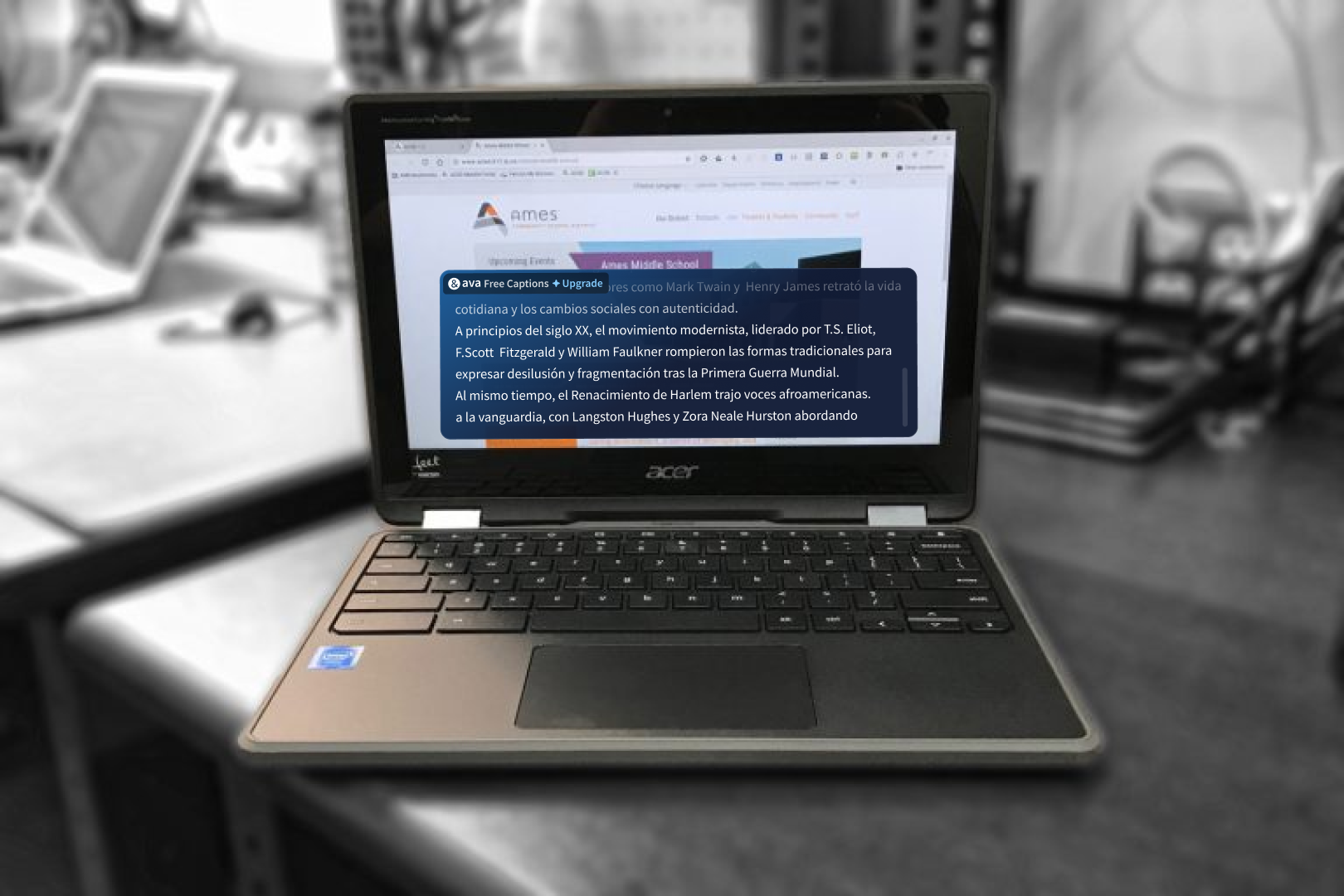
Everyone’s heard of IT but what about AT, aka assistive technology. Instead of someone with a big ol’ attitude asking if you’ve tried the on/off switch like some IT managers, AT is IT’s friendly doppelganger. In fact, AT is a game-changer for students with disabilities.
Assistive technology is all about breaking down barriers and opening up new possibilities for students with disabilities, letting them tap into their full potential right alongside their classmates. It's about turning "can't" into "can," making sure everyone gets a fair shot in our increasingly digital classrooms. This movement is transforming learning into an inclusive, accessible journey for all.
What Exactly Is Assistive Technology?
At its core, assistive technology encompasses a diverse range of devices, software, and tools designed to facilitate tasks that might be challenging or impossible due to a disability. This can range from low-tech solutions like pencil grips to high-tech software that converts text to speech. The Technology-Related Assistance for Individuals with Disabilities Act of 1988 provided a formal definition, which has guided subsequent developments in the field.

A Classroom Transformed: The Impact of Assistive Technology
Imagine a classroom where every student, regardless of their physical or cognitive abilities, can engage with the curriculum on an equal footing. Assistive technology in the classroom is making this a reality. Here are some ways assistive technology is being utilized:
- Visual Impairments: Software that enlarges text and images on screen or converts text to audio ensures that students with visual impairments can access educational materials just like their peers.
- Hearing Impairments: Technologies like Ava and hearing loop systems allow students who are deaf or hard of hearing to participate in discussions and receive information in real-time.
- Motor Disabilities: Specialized keyboards, eye-gaze systems, and other adaptive devices enable students with limited motor skills to navigate computers and digital content effectively.
- Learning Disabilities: Text-to-speech apps and specialized reading programs assist students with dyslexia and other learning disabilities to better understand and process information.

The Journey of Assistive Technology Legislation
It's important to appreciate how assistive technology has evolved alongside legal frameworks aimed at improving accessibility. The Assistive Technology Act of 1998, for instance, emphasized the need for accessible IT designs, ensuring that technological advancements benefit all users, including those utilizing Assistive Technology.
Exploring Real-world Applications
For a closer look, consider the video series "AT in Action" by The Family Center on Technology and Disability (FCTD) and PACER Center. These videos showcase real-life stories of students leveraging assistive technology to enhance their educational experiences.

Choosing the Right Assistive Technology
Selecting the appropriate assistive technology is crucial. It involves collaboration among specialists, educators, and healthcare providers to match technology with the specific needs of an individual. Understanding the functionality and potential benefits of various AT options is essential for making informed decisions.
Funding Assistive Technology
Who pays for these technologies? It’s a mix of sources—schools, government programs, private insurance, and more. Each has a role in providing AT to those who need it, often based on prescriptions from medical professionals.

The Assistive Technology Industry Association (ATIA)
The ATIA plays a pivotal role in this ecosystem. As a hub for innovation and dissemination of information, ATIA connects manufacturers, service providers, and users, facilitating a deeper understanding of the needs and solutions within the AT community.
Learning and Networking Opportunities
ATIA not only educates through webinars and online resources but also hosts annual conferences where educators, therapists, and industry professionals converge to share insights and explore new technologies.

Debunking Myths and Embracing AT
Despite its benefits, myths about AT persist—some believe it's cheating or fear it might prevent learning essential skills. However, experts agree that when used appropriately, AT complements educational strategies without replacing fundamental teaching or learning processes.
The Future of Assistive Technology in Education
As technology continues to advance, so too will assistive tools, becoming more integrated, intuitive, and indispensable in educational settings. This ongoing evolution promises to make learning accessible for all students, setting a standard for what inclusive education can look like.
Assistive technology is not just a tool but a gateway to possibilities. For students with disabilities, it opens doors to a world where limitations are transformed into opportunities for growth and learning. As we continue to innovate and adapt, the future of education looks more inclusive, more equitable, and full of potential.




